

Uh oh...
It appears that you're using a severely outdated version of Safari on Windows. Many features won't work correctly, and functionality can't be guaranteed. Please try viewing this website in Edge, Mozilla, Chrome, or another modern browser. Sorry for any inconvenience this may have caused!
Read More about this safari issue.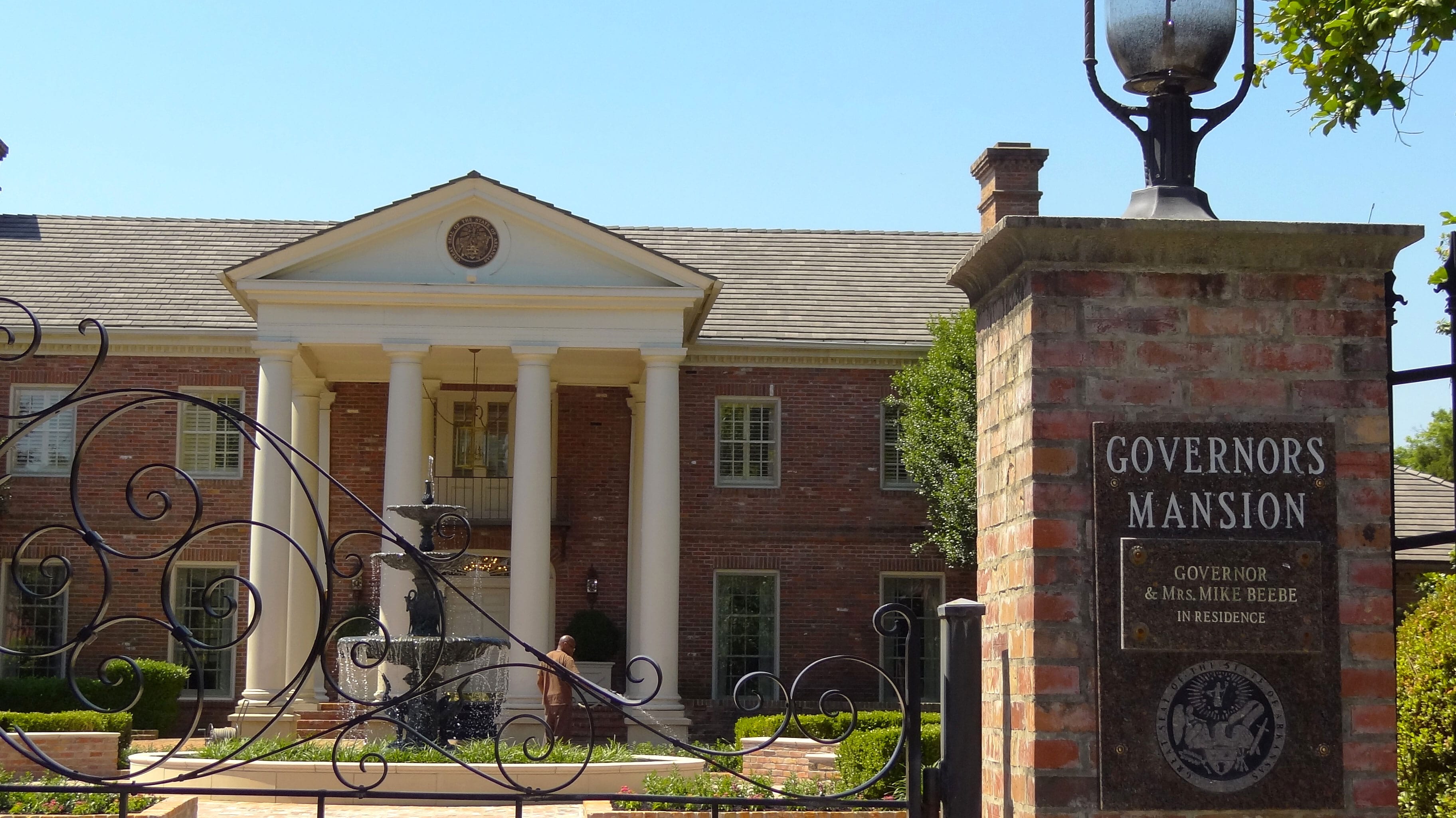

Whether you were raised in Arkansas or moved here later in life, the odds are pretty good you don’t know a lot about Arkansas history. In this series, we aim to fix that by highlighting some important events that happened each month in the state’s history. This is not an exhaustive list; we’re still learning, too.
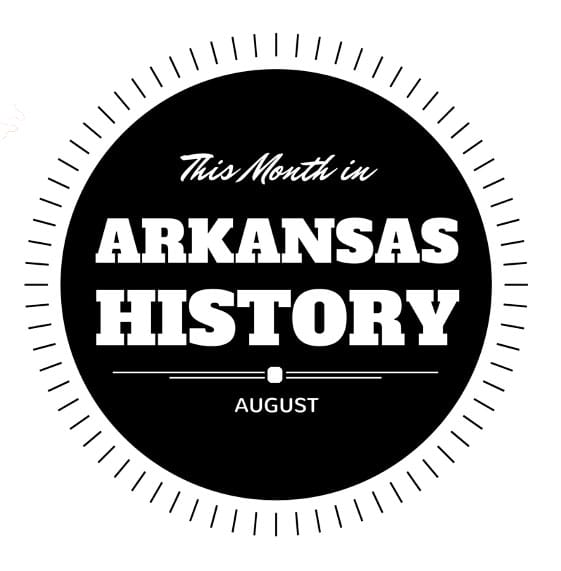
Henry Wharton Conway
On August 1, 1825, an election was held to determine the territory’s Congressional representative. Henry Wharton Conway soundly defeated J. Woodson Bates, with 2,105 votes to Bates’ 519. Conway would serve the territory as its representative in Congress until his death on Nov. 9, 1827. He died at age 34 from injuries sustained in a duel, but that’s for another month.
Murder of John T. Orr
A very strange story began to play out on Aug. 5, 1898, with the murder of John T. Orr, who had a hardware business in Clarendon. The story goes that his wife, Mabel Orr, had said in the presence of her African-American cook, Rilla Weaver, that she would pay $200 to anyone who would kill her husband for her.
She later claimed she didn’t mean it, but Weaver apparently took her seriously and asked Manse Castle to do it. He reportedly got the gun, though it is unclear whether he or another man, Dennis Ricord, fired the fatal shot through the kitchen window. Will Sanders, Rilla Weaver’s son, was ultimately charged with the crime. Six others, including Mabel Orr, were also charged with complicity.
On Aug. 9 a “most orderly” mob of 200 to 300 white men stormed the jail, demanded the keys from the sheriff and then removed five African American suspects from their cells. Reports vary on whether they were hung from trees or the tramway of the Halpern Sawmill, but Sanders, Weaver, Ricord, Castle and another female suspect, Susie Jacobs, who was a maid in the Orr house, were all lynched that night.
Orr was left behind in her cell because she had taken poison and was near death. It came out later that Orr and Rachael Morris, a friend who lived in the house, were planning to take the insurance money to New York to start a theater company. Morris escaped after the murder and was apparently never found.
On Aug. 11, Mabel Orr’s body was lain in the courthouse to prove she was actually dead and hadn’t also disappeared.
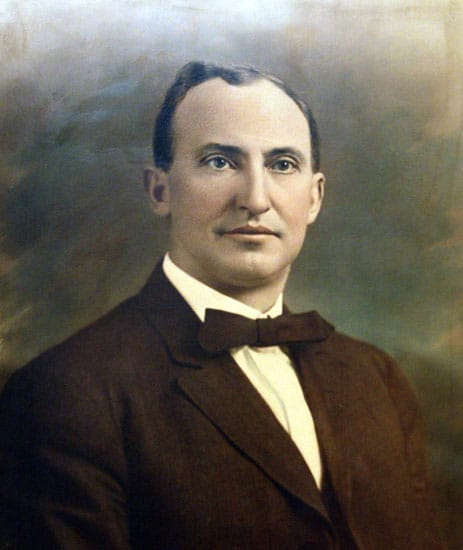
Governor George Washington Hays
Aug. 6, 1913, George Washington Hays was sworn in as the 24th governor of Arkansas. He was elected in a special election to replace Joseph Taylor Robinson, who was appointed to the Senate days after being sworn in as governor, a story I’m sure we’ll get to later.
Hays was born in Camden and attended Washington and Lee University before returning home to be a lawyer. He served as probate and county judge in Ouachita County from 1900-05 and was a judge in the Thirteenth Judicial District from 1906 to 1913.
His tenure was marked by the passage of a statewide prohibition bill and rejection of legalized pari-mutual gambling in Hot Springs. Bills on road improvement and prevention of stock and bond fraud were also passed by the legislature with his approval, and a labor law limited women to working a maximum of nine hours a day and six days a week. Women were also allowed to enter into contracts and own property.
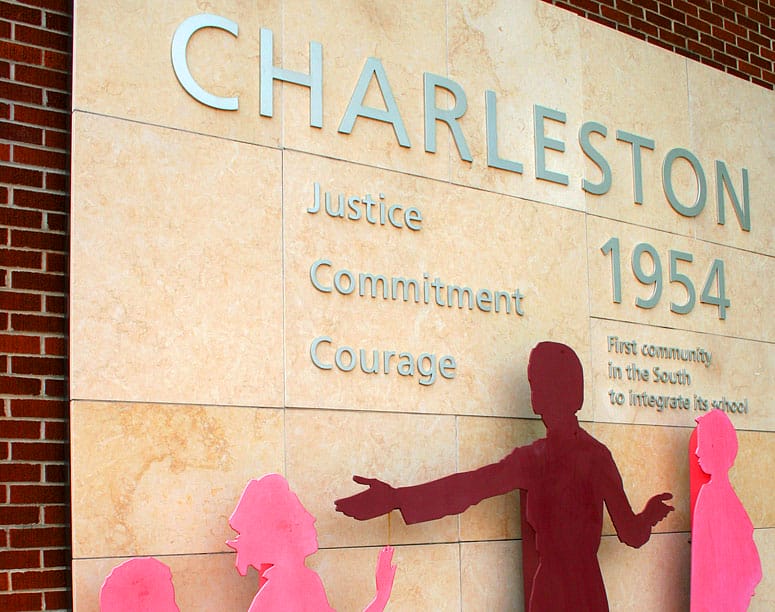
Charleston School Integration
The first school district in the former Confederacy to successfully integrate all 12 grades of public school was Charleston, and it happened on Aug. 23, 1954. Eleven African-American students were enrolled in schools with around 480 white students. Three were in the ninth grade and the rest in elementary school.
The decision to integrate so quickly after the Brown vs. the Board of Education of Topeka, Kansas ruling was economic as well as moral, as the school district was spending $4,500 a year to transport students to an all-black high school in Fort Smith. The decision also allowed the district to close the Rosenwald School, where younger black students were educated, and which was in great need of repairs the district couldn’t afford.
Integration happened without fanfare and basically in secret, as civic leaders and reporters at the local paper had been urged not to mention the news to any out-of-town news source. It wasn’t until Fayetteville integrated its schools three weeks later than Charleston announced it had done the same.
Births and Deaths
Many governors of Arkansas were born in August, including Mike Huckabee (Aug. 24, 1955), William Jefferson Clinton (Aug. 19, 1946), David Hampton Pryor (Aug. 29, 1934), Dale Leon Bumpers (Aug. 12, 1925), Junius Marion Futrell (Aug. 14, 1870), Joseph Taylor Robinson (Aug. 26, 1872), James Paul Clarke (Aug. 19, 1854), James Phillip Eagle (Aug. 10, 1837) and Powell Clayton (Aug. 7, 1833). Our third governor, Thomas Stevenson Drew, was probably born in August of 1802.
Powell Clayton also died in August, on Aug. 25, 1914, to be precise. Henry Massie Rector died Aug. 12, 1899.
Join the Conversation
Leave a Comment
2 responses to “This Month in Arkansas History: August”
 Leave a Reply
Leave a Reply
We do the work.
You check your email.
Sign up for our weekly e-news.
Get stories sent straight to your inbox!








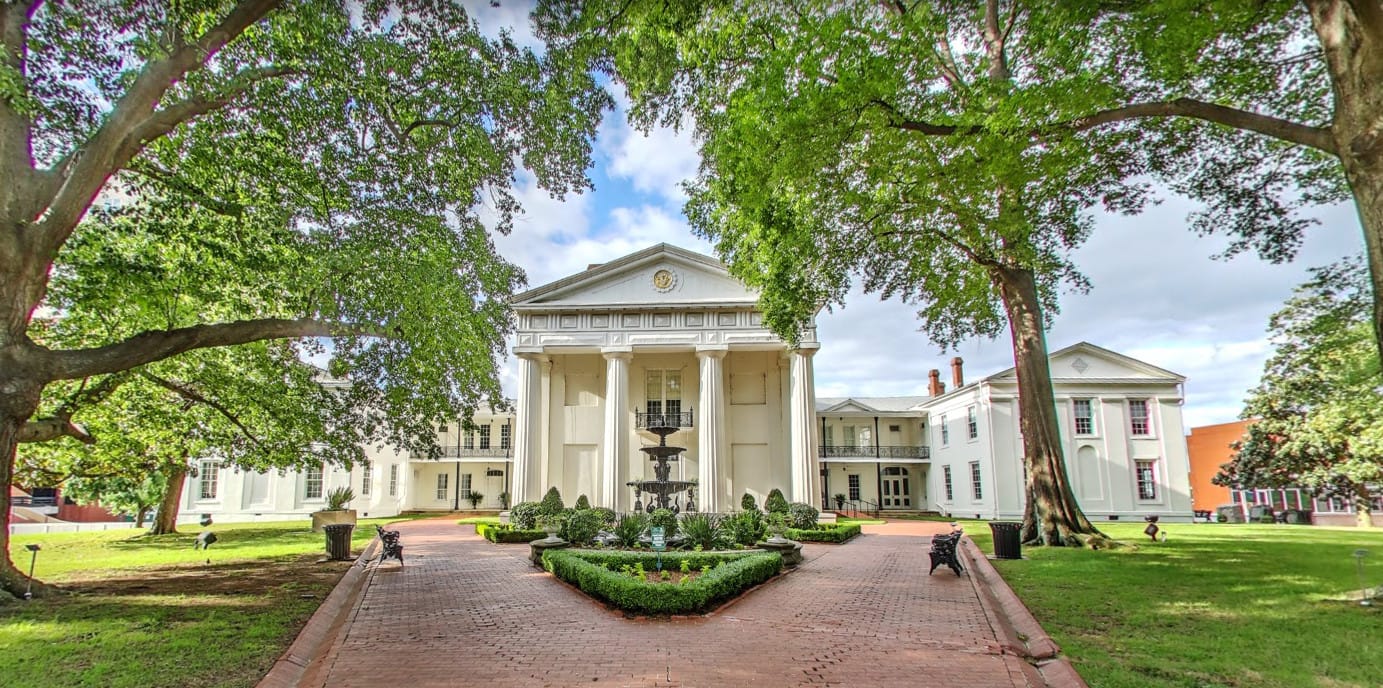

 Leave a Reply
Leave a Reply
[…] posts during the summer, from writing about morning pages on the SITS Girls site to starting a series on Arkansas history for Only in Arkansas. (Little-known fact: before I switched to journalism, I was a history major in […]
[…] over time). Seven African-American students entered Fayetteville High School that year. But Charleston had quietly desegregated its entire district on Aug. 23 of the same year, being the first in the […]